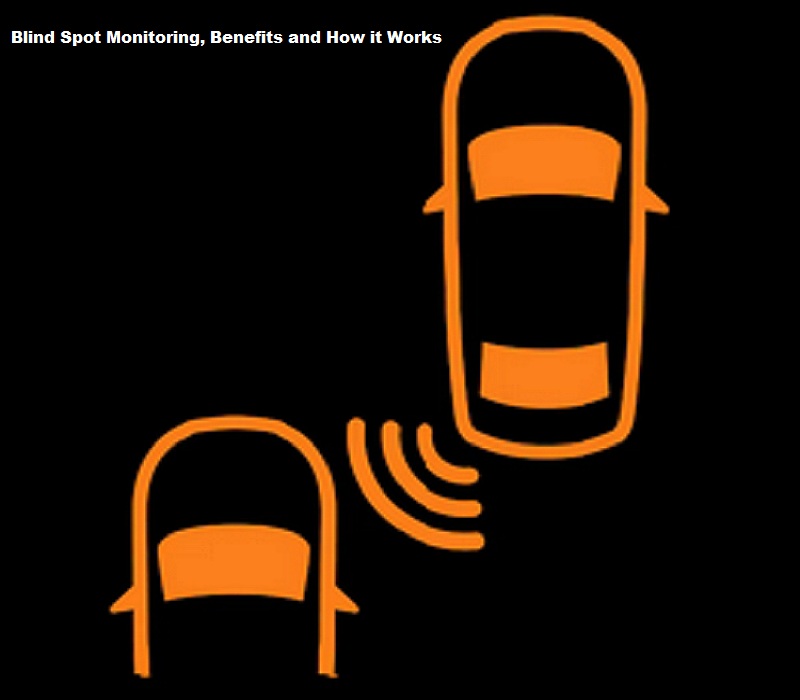Blind spot monitoring is an innovative safety feature on modern vehicles. This feature can provide support for drivers in areas where they cannot be seen. This blind spot detection system will provide warnings and help prevent accidents when the car changes lanes.

Benefits of Blind Spot Monitoring
The blind spot monitoring feature offers many benefits to drivers and contributes to a safer overall driving experience. Here are some of the advantages of using this feature.
- Improved Overall Safety. This system provides an extra layer of safety. Essentially, it functions as a second set of eyes, reducing the risk of accidents or collisions.
- Improved Visibility. Cameras and sensors enable blind spot monitoring. It also provides information regarding areas beyond the driver’s field of vision that cannot be seen with the rearview mirror.
- Helps Maintain Focus. Blind spot monitoring provides a more comfortable and easier driving experience. Drivers will receive automatic warnings without having to move from their seats or take their eyes off the road.
- Provides Confidence. This blind spot warning system provides drivers with confidence and peace of mind when maneuvering, such as changing lanes.
Basic Components and Technology
Some of the basic components and technologies in blind spot monitoring include:
- Radar Sensor. This sensor emits radio waves, which then bounce off nearby objects. Furthermore, the sensor can operate effectively even in foggy or rainy weather conditions. Accurate distance measurement increases the reliability of this system, allowing it to quickly detect approaching vehicles.
- Camera. The camera can capture real-time visual information around the vehicle. This technology also works in conjunction with other sensors to provide comprehensive monitoring.
- Ultrasonic Sensor. The ultrasonic sensor emits high-frequency sound waves. When the waves hit an object, they are reflected back to the sensor, helping to detect nearby vehicles.
How the Blind Spot Monitoring Feature Works
The blind spot monitoring system uses a series of sensors, including cameras and radars, placed in the rearview mirror and rear bumper.
These sensors monitor the adjacent lane, including surrounding objects. When another vehicle enters the area, the sensor will detect it and issue a warning. The warning usually consists of a flashing light in the rearview mirror and a beep. This notification signals the driver to exercise caution when changing lanes.
This system will activate automatically without requiring any action from the driver. However, to deactivate it, simply use a switch on the dashboard or infotainment screen.
In modern vehicles, this system usually works in conjunction with features like Rear Cross-Traffic Alert. Both are controlled using a single switch or touchscreen.
The YouTube channel carsales.com.au also reviewed how blind spot monitoring works, which helps drivers monitor obstructed areas. Sensors and cameras are components that detect when someone is overtaking or driving beside a vehicle. When an object is detected in the blind spot, a warning is issued.
Technological advances allow drivers to enjoy a much easier and safer driving experience. Smart detection systems and sensors help drivers stay alert from all directions, especially in the blind spot. Blind spot monitoring helps navigate more confidently while driving. /nen



